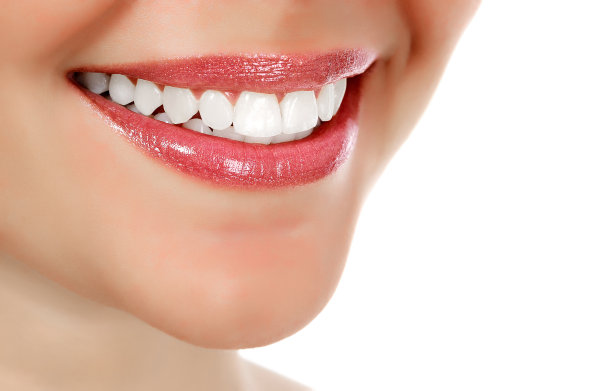Essential Guidelines and Precautions to Follow Before and After Dental Filling Treatments for Optimal Oral Health
Summary: Dental fillings are a common procedure aimed at restoring decayed or damaged teeth. However, to ensure optimal oral health, certain essential guidelines and precautions must be taken before and after the treatment. This article provides key aspects to consider, including pre-treatment preparations, post-treatment care, dietary restrictions, and the importance of regular dental check-ups. Following these guidelines can minimize complications and enhance the longevity of the filling, ultimately contributing to better overall oral hygiene and health.
1. Pre-Treatment Preparations and Consultations

Before undergoing a dental filling treatment, it is crucial to have a thorough initial consultation with your dentist. This consultation often involves an oral examination and possibly X-rays to determine the extent of decay or damage. By understanding your specific condition, your dentist can choose the appropriate filling material that best suits your needs.
Additionally, ensuring that you communicate any medical conditions, allergies, or medications you are currently taking is important. This information may impact the choice of anesthesia or specific dental materials used during the procedure. Transparency in the discussion helps prevent potential complications.
Another vital pre-treatment step is maintaining good oral hygiene prior to your appointment. Brushing and flossing can help reduce the bacterial load in the mouth, decreasing the risk of infection during the filling process. Following your dentist’s advice on maintaining oral hygiene will provide a clean foundation for your dental treatment.
2. Post-Treatment Care for Optimal Healing
After receiving a dental filling, the first step of post-treatment care is to allow the anesthesia to wear off before eating or drinking. This prevents accidental biting of the cheek or tongue. Once the anesthesia does wear off, it is advisable to start with soft foods while gradually reintroducing harder textures into your diet.
It’s also important to avoid extremely hot or cold foods and drinks immediately after treatment. Sensitivity is common after fillings, and extreme temperatures can exacerbate discomfort. Paying attention to your body’s signals and adjusting your dietary choices accordingly can optimize healing.
Furthermore, maintaining proper oral hygiene following the filling is crucial. Continue to brush and floss regularly but avoid the area of the new filling until you receive guidance from your dentist. This helps ensure that the restorative material stays intact and free from debris.
3. Dietary Restrictions to Consider
In the days following your dental filling, certain dietary restrictions can aid in maximizing the effectiveness and durability of the treatment. Ideally, avoid hard, crunchy foods that might put undue pressure on the filled tooth. Foods like nuts, popcorn, or hard candies should be off-limits for at least a few days post-treatment.
Additionally, certain sticky foods such as caramel or taffy can adhere to the filling and compromise its integrity. Sugar and acidic foods can exacerbate tooth sensitivity, especially after a filling. Therefore, maintaining a dietary focus on softer, less irritating foods can play a significant role in a smooth recovery.
Also, staying hydrated is essential. Drinking plenty of water helps wash away food particles and maintains saliva production, which plays a role in oral health. Incorporate fluids that are not sugary or acidic as much as possible to encourage overall healing around the treated area.
4. Importance of Regular Dental Check-Ups
Following any dental procedure, including fillings, regular dental check-ups become even more essential. Scheduled visits allow your dentist to monitor the condition of your fillings and surrounding teeth, ensuring that everything is healing properly. Early detection of any issues can prevent more serious problems in the future.
Additionally, during these check-ups, inform your dentist about any changes in sensitivity or discomfort in the filled area. Addressing such symptoms early can lead to interventions that may prevent further complications and protect your overall oral health.
Lastly, routine dental cleanings complement the maintenance of fillings. Cleanings help remove plaque and tartar that can accumulate around the filled tooth, maximizing the longevity of the filling and preventing future cavities. Emphasizing the need for these appointments establishes a proactive approach to dental health.
Summary:
In summary, being mindful of essential guidelines and precautions before and after dental filling treatments can significantly contribute to optimal oral health. Pre-treatment preparations and open communication with your dentist set the stage for a successful procedure. Post-treatment care, along with dietary restrictions, plays a critical role in healing, while regular dental check-ups ensure the longevity and health of your fillings.
This article is compiled by Vickong Dental and the content is for reference only.



